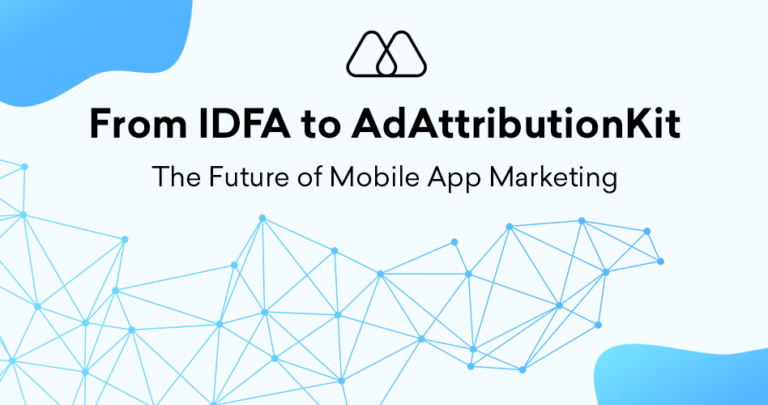In digital marketing, ad networks are crucial in distributing online advertisements. An ad network is a technology platform that serves as an intermediary between advertisers who want to purchase advertising space and publishers who wish to sell their digital ad inventory. This platform aggregates ad spaces from publishers and offers them to advertisers, efficiently matching supply with demand.
Function and Importance of Ad Networks
Advertising networks collect available ad spaces from different publishers and categorize them based on content type, audience demographics, and other relevant factors. Advertisers can then use the network to place ads that reach their target audience across multiple websites and platforms without negotiating directly with each publisher. This simplifies the advertising process, making it more efficient and scalable.
Benefits of Using Ad Networks
- Broad Reach: Advertising networks enable advertisers to reach a wider audience across various publishers with a single campaign setup. For instance, imagine Miri is running an ad campaign for a new fitness app. By leveraging an ad network, they can place their ad on popular fitness blogs, health apps, and even sports news, reaching a large pool of potential users interested in fitness and health.
- Cost Efficiency: They often offer more competitive pricing than dealing directly with publishers, especially for remnant ad spaces. Remnant ad spaces are unsold inventory, publishers are willing to sell at a discount. Advertisers can access this discounted inventory and stretch their advertising budget further by utilizing ad networks.
- Targeting Capabilities: Advanced targeting options such as behavioral, demographic, and geographic targeting allow advertisers to tailor their campaigns to specific audiences.
- Time Savings: By centralizing the ad buying process, ad networks save advertisers and publishers significant time. Imagine negotiating ad placements with dozens of individual apps. An advertising network streamlines this process, allowing them to manage their entire campaign from a single platform.
- Analytics and Optimization: Most ad networks provide tools that allow advertisers to track the performance of their ads and optimize their campaigns based on real-time data. One can see which ad formats are performing better, and which inventories are converting at a higher rate, and adjust their campaign accordingly to maximize their return on investment (ROI).
Challenges Associated with Ad Networks
While advertising networks offer numerous advantages, they also present challenges:
- Ad Quality and Relevance: There can be a lack of control over where ads are placed, which might affect brand safety.
- Fragmentation: Many networks can fragment audiences, making it difficult to achieve comprehensive coverage. An advertiser might need to utilize several ad networks to reach its target audience effectively, which can add complexity to campaign management.
- Transparency Issues: Sometimes ad placement locations are not known, which leads to inefficiencies in ad spend.
Choosing the Right Ad Network
Selecting the right network is crucial and depends on the direct needs of the advertiser, including budget, target audience, and desired ad formats. It’s important to assess the network’s reach, the quality of its inventory, its targeting capabilities, and the network’s track record for transparency and performance.
The Future of Ad Networks
The future of ad networks looks toward greater integration with technology such as artificial intelligence and machine learning to enhance targeting precision and improve the efficiency of ad placement. There is also a growing emphasis on transparency and the protection of user data in response to increased regulatory scrutiny.
Conclusion
Advertising networks are essential to the digital advertising ecosystem, providing a critical bridge between advertisers and publishers. Companies can maximize their advertising efforts and reach broader audiences more efficiently by accurately leveraging ad networks.




